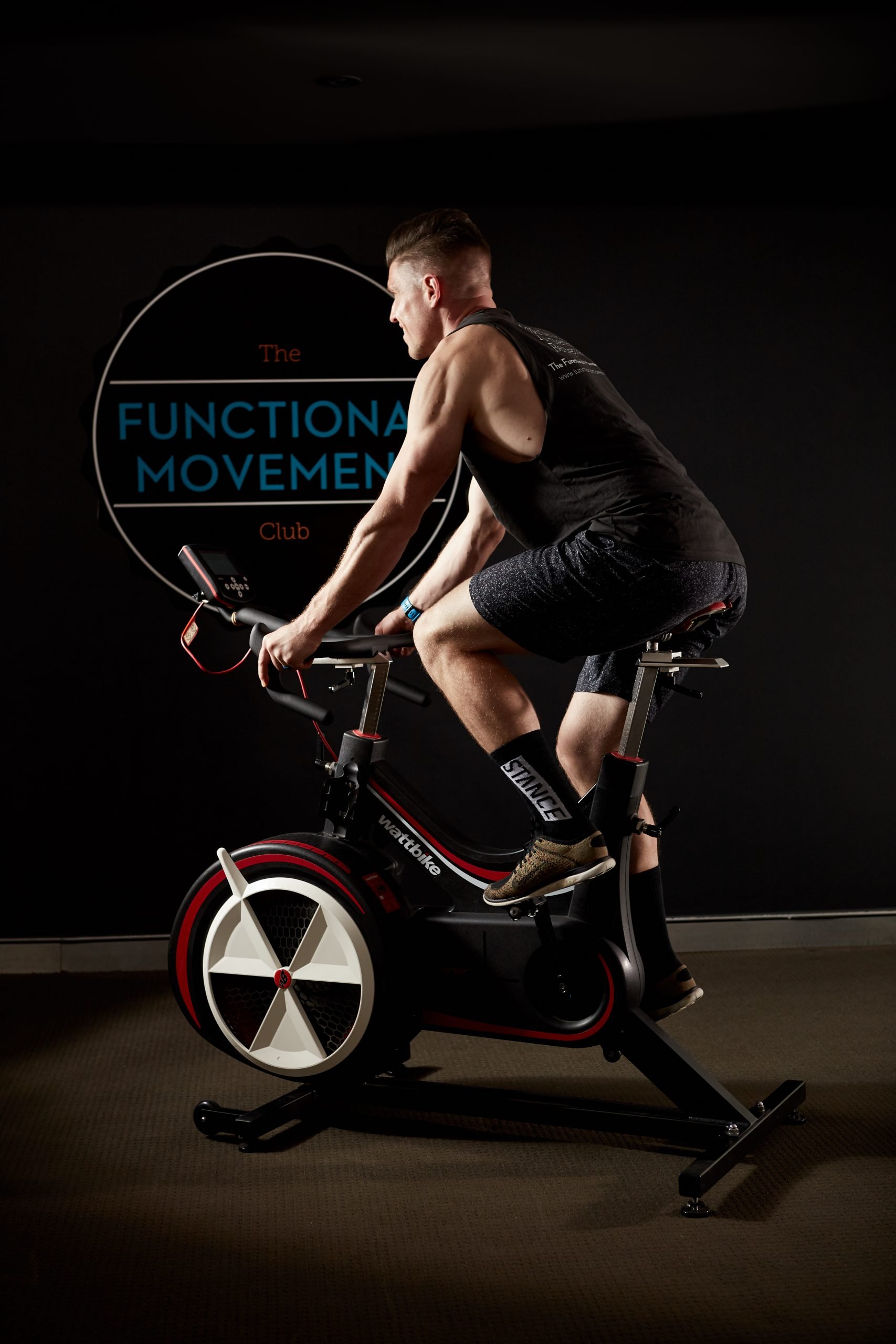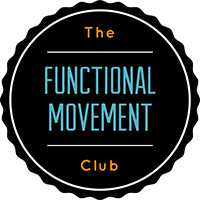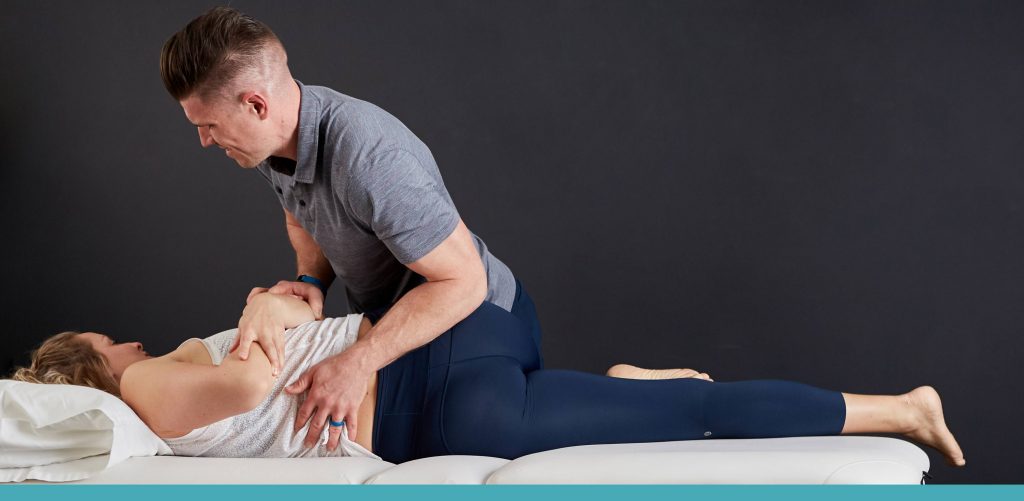
Unlocking Your Potential: Understanding VO2 Max and Its Impact on Daily Activities
Introduction:
Welcome to The Functional Movement Club, where we strive to empower individuals to reach their full potential in all aspects of life. In this blog article, we delve into the fascinating world of understanding VO2 max and its importance in enhancing activities of daily living. Drawing inspiration from the ground-breaking book “Outlive” by Dr Peter Attia and the expertise of Dr Andy Galpin, we explore the significance of VO2 max training and provide practical examples to help you improve your aerobic capacity. Additionally, we provide examples of VO2 max levels required for various activities. We discuss the age-specific VO2 max benchmarks for both men and women. Let’s dive in!
Understanding VO2 Max:
VO2 max is a measure of the maximum amount of oxygen your body can utilize during intense exercise. It is a powerful indicator of cardiovascular fitness and endurance, which is vital in optimizing your performance in both athletic pursuits and everyday activities. Increasing your VO2 max can enhance your body’s ability to deliver oxygen to working muscles, improve endurance, and enhance overall energy levels.
Benefits of Improving Aerobic Capacity in Activities of Daily Living:
- Increased Energy and Stamina:
Elevating your VO2 max through targeted training enhances your body’s capacity to meet the demands of daily activities. Whether climbing stairs, carrying groceries, or chasing after children, a higher VO2 max ensures you have the energy and stamina to tackle these tasks easily and efficiently.
- Enhanced Overall Health:
Improving your VO2 max positively impacts various aspects of your health. It strengthens your cardiovascular system, reduces the risk of chronic diseases, improves metabolic function, and promotes healthy aging. By understanding VO2 max training, you invest in a healthier, more vibrant future.
VO2 Max and Its Significance:
VO2 max measures the maximum amount of oxygen your body can utilize during intense exercise. It is a powerful indicator of cardiovascular fitness and endurance, which is vital in optimizing your performance in both athletic pursuits and everyday activities. By improving your VO2 max, you enhance your body’s ability to deliver oxygen to working muscles, thus improving endurance and overall energy levels.
Aerobic Capacity Required for Everyday Activities:
Playing Soccer with Kids/Grandkids for 30 mins: Engaging in playful activities with kids or grandkids requires a reasonable aerobic capacity. Aim for an average VO2 max level ranging from 35-45 ml/kg/min for men and 30-40 ml/kg/min for women.
Walking Up Stairs: Walking upstairs requires a slightly higher VO2 max than regular walking. An average VO2 max level is suitable for this activity. For men, the average level falls between 35-45 ml/kg/min, while for women, it ranges from 30-40 ml/kg/min.
Hiking: A moderate VO2 max level is generally recommended for hiking. This corresponds to a range of 25-35 ml/kg/min for men and 20-30 ml/kg/min for women.
Going to the Toilet: Daily activities like going to the toilet typically do not demand significant cardiovascular exertion. Hence, a VO2 max level considered low or below average is sufficient.
Surfing: Surfing involves intermittent bursts of intense paddling and requires a higher VO2 max level. An above-average VO2 max range of 45-55 ml/kg/min for men and 40-50 ml/kg/min for women is desirable.
Measuring VO2 Max: Bike and Walking/Running
Accurately measuring VO2 max is essential for tracking your cardiovascular fitness progress. Here are two common methods to measure VO2 max:
-
Bike Test:
You can use a stationary bike or a specialized ergometer for the bike test. Here’s how to conduct the test:
a) Warm-Up: Begin with a 10–15-minute warm-up to prepare your muscles and elevate your heart rate.
b) Ramp Protocol: The ramp protocol involves gradually increasing the workload at specific intervals, usually every 1-2 minutes. Start pedalling at a comfortable intensity, then incrementally increase the resistance or speed as directed. The goal is to reach your maximal effort within 8-12 minutes.
c) Monitoring: Throughout the test, your heart rate, oxygen consumption, and carbon dioxide production will be closely monitored using specialized equipment. This data is crucial for accurately determining your VO2 max.
d) Cool Down: After reaching your maximum effort, gradually reduce the intensity and cool down with 5-10 minutes of easy pedalling.
-
Walking/Running Test:
Measuring VO2 max while walking or running requires a controlled environment like a track or treadmill. Here’s how you can perform the test:
a) Warm-Up: Begin with a 10–15-minute warm-up, including light walking or jogging, to prepare your muscles and raise your heart rate.
b) Maximal Effort: Choose a walking or running speed that allows you to sustain your effort for an extended period. Increase the speed or incline gradually until you reach your maximal effort. Maintain this intensity for 8-12 minutes.
c) Monitoring: Throughout the test, your heart rate, oxygen consumption, and other relevant data will be closely monitored using specialized equipment. This information is crucial for accurately determining your VO2 max.
d) Cool Down: After reaching your maximum effort, gradually decrease the intensity and cool down with 5-10 minutes of easy walking or jogging.
Consulting with a fitness professional or exercise physiologist experienced in VO2 max testing is recommended to ensure accurate measurements and proper interpretation of the results. You can also input your data into websites like:
https://www.omnicalculator.com/sports/vo2-max, which will help you calculate VO2 max.
Remember, measuring VO2 max is helpful for assessing your fitness level and designing personalized training programs to improve your cardiovascular fitness and overall health.
At The Functional Movement Club, we provide comprehensive fitness assessments, including VO2 max testing, to guide your fitness journey. Our experienced team will help you understand your results and tailor a training program that aligns with your goals and abilities.
Age-Specific VO2 Max Benchmarks:
It’s important to note that VO2 max naturally declines with age. Here are the general benchmarks for men and women in different age groups:
Performance group by Vo2 max (ml/kg/min)
| Age | Low | Below Ave | Above Ave | High | Elite |
| Woman | |||||
| 18-19 | <35 | 35-39 | 40-45 | 40-52 | >52 |
| 20-29 | <28 | 28-35 | 36-40 | 41-50 | >50 |
| 30-39 | <27 | 27-33 | 34-38 | 39-48 | >48 |
| 40-49 | <26 | 26-31 | 32-36 | 37-46 | >46 |
| 50-59 | <25 | 25-28 | 29-35 | 36-45 | >45 |
| 60-69 | <21 | 21-24 | 25-29 | 30-38 | >38 |
| 70-79 | <18 | 18-21 | 22-24 | 25-35 | >35 |
| 80+ | <15 | 15-19 | 20-22 | 23-29 | >29 |
| Men | |||||
| 18-19 | <38 | 38-45 | 46-49 | 50-57 | >57 |
| 20-29 | <36 | 36-42 | 43-48 | 49-55 | >55 |
| 30-39 | <35 | 35-39 | 40-45 | 46-52 | >52 |
| 40-49 | <34 | 34-38 | 39-43 | 44-51 | >51 |
| 50-59 | <29 | 29-35 | 36-40 | 41-49 | >49 |
| 60-69 | <25 | 25-29 | 30-35 | 36-45 | >45 |
| 70-79 | <21 | 21-24 | 25-29 | 30-40 | >40 |
| 80+ | <18 | 18-22 | 23-25 | 26-35 | >35 |
VO2 Max Training Examples:
- High-Intensity Interval Training (HIIT):
HIIT involves alternating periods of intense exercise with short recovery periods. This type of training is highly effective in improving VO2 max as it pushes your body to its limits and stimulates significant adaptations. Dr Peter Attia recommends incorporating HIIT workouts such as sprint intervals, hill sprints, or cycling intervals to challenge your cardiovascular system and boost your aerobic capacity.
- Continuous Endurance Training:
Dr Andy Galpin emphasizes the importance of consistent aerobic exercise to enhance VO2 max. Engaging in activities like jogging, cycling, swimming, or rowing at a steady pace for an extended duration helps improve your cardiovascular fitness and increase your body’s ability to utilize oxygen efficiently. Aim for 30-60 minutes of continuous endurance training, gradually progressing in intensity and duration to stimulate adaptations in your VO2 max.
Conclusion:
Enhancing your VO2 max is crucial for optimizing your performance in both athletic endeavours and daily activities. By understanding the importance of VO2 max and incorporating targeted training methods, you can unlock your potential and experience improved endurance and energy levels. Whether you’re hiking, climbing stairs, playing with your kids or grandkids, or enjoying activities specific to your lifestyle,
Investing in your cardiovascular fitness and VO2 max is an investment in your overall well-being and ability to perform activities of daily living with vitality and ease. By understanding the importance of VO2 max and implementing targeted training methods like HIIT and continuous endurance workouts, you can unlock your potential for improved aerobic capacity, energy levels, and overall health.
At The Functional Movement Club, we are passionate about guiding you towards optimal fitness and performance. We invite you to explore the world of VO2 max training, embrace the principles outlined by Dr Peter Attia and Dr Andy Galpin, and unlock your potential to outlive expectations.
Remember, it’s never too late to start. Begin incorporating VO2 max training into your fitness routine today and witness the transformation it brings to your activities of daily living. Together, let’s embark on a path of longevity, vitality, and pursuing our fullest potential.
Sources:
– Attia, Peter. “Outlive.” Simon & Schuster, 2022.
– Galpin, Andy. “Unplugged.” Victory Belt Publishing, 2017.
#UnlockYourPotential #VO2MaxTraining #OptimalPerformance #FunctionalFitness #OutliveExpectations





